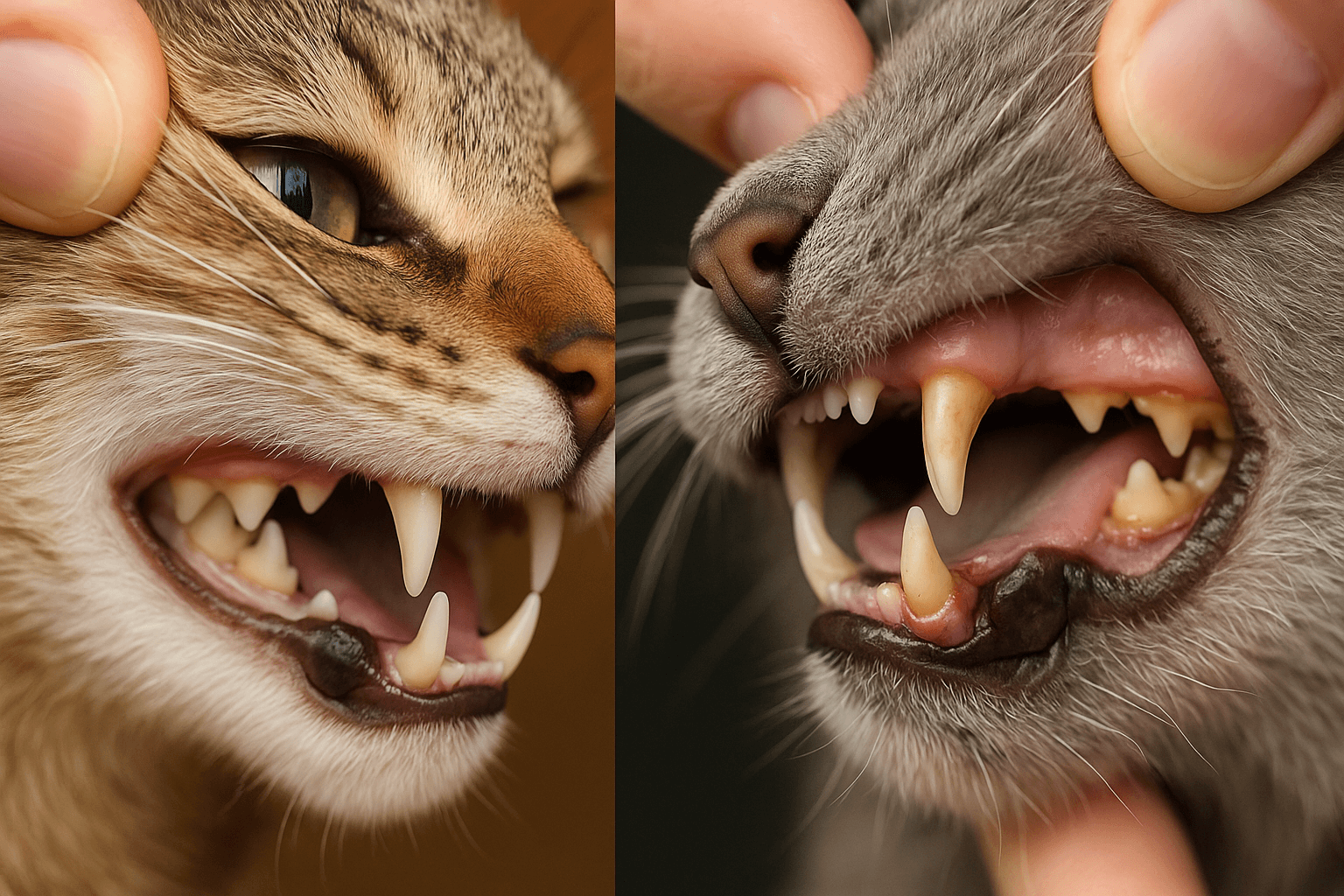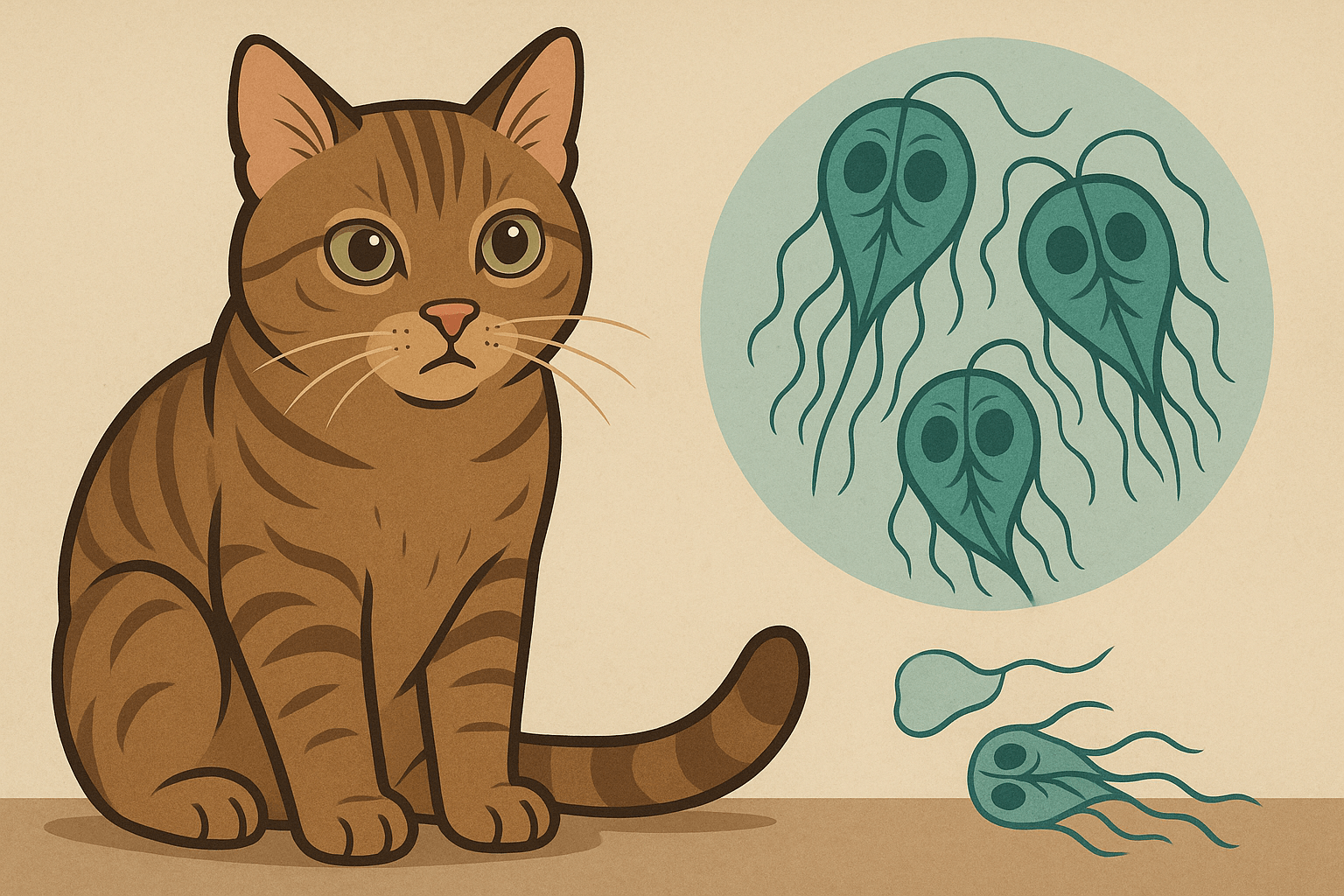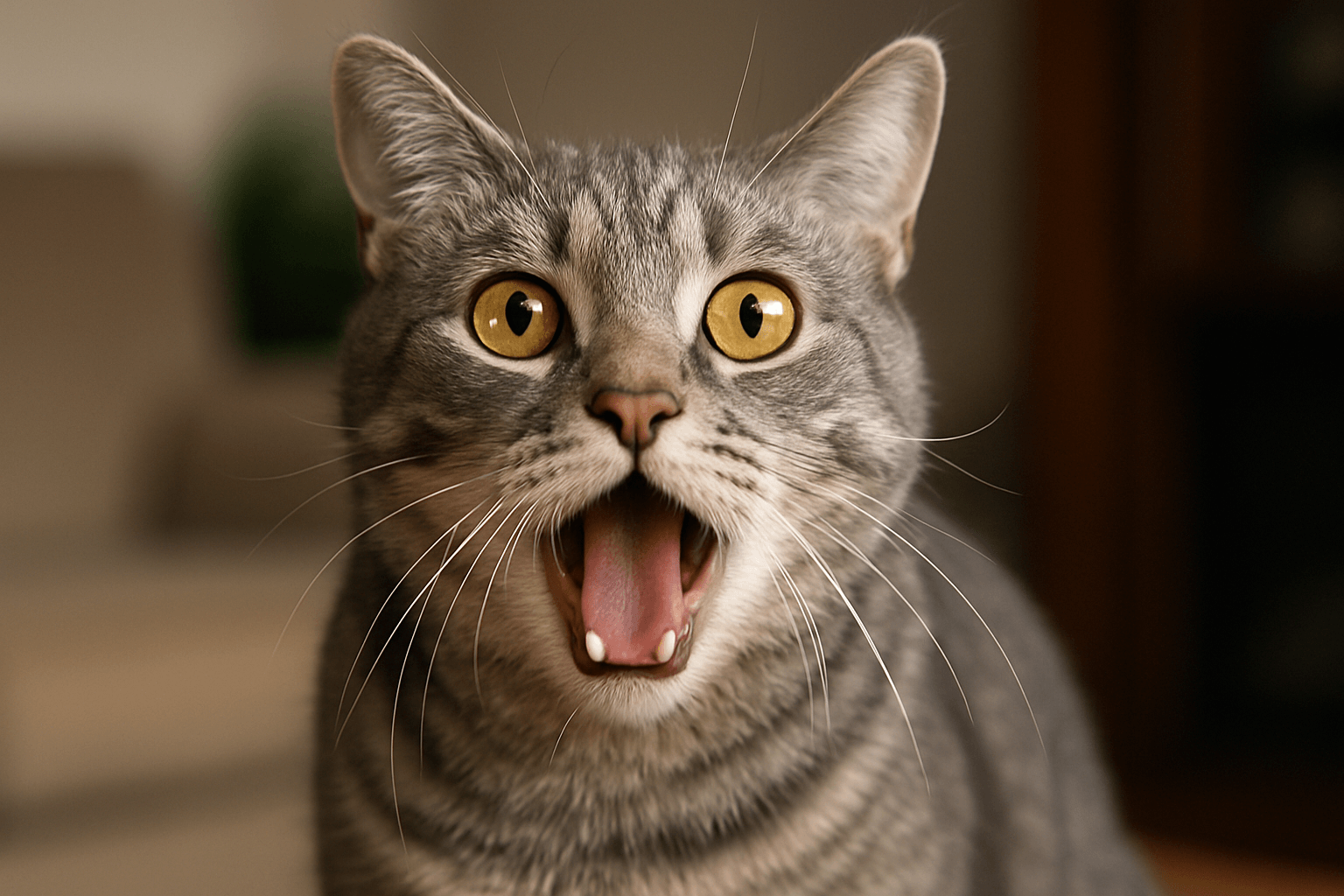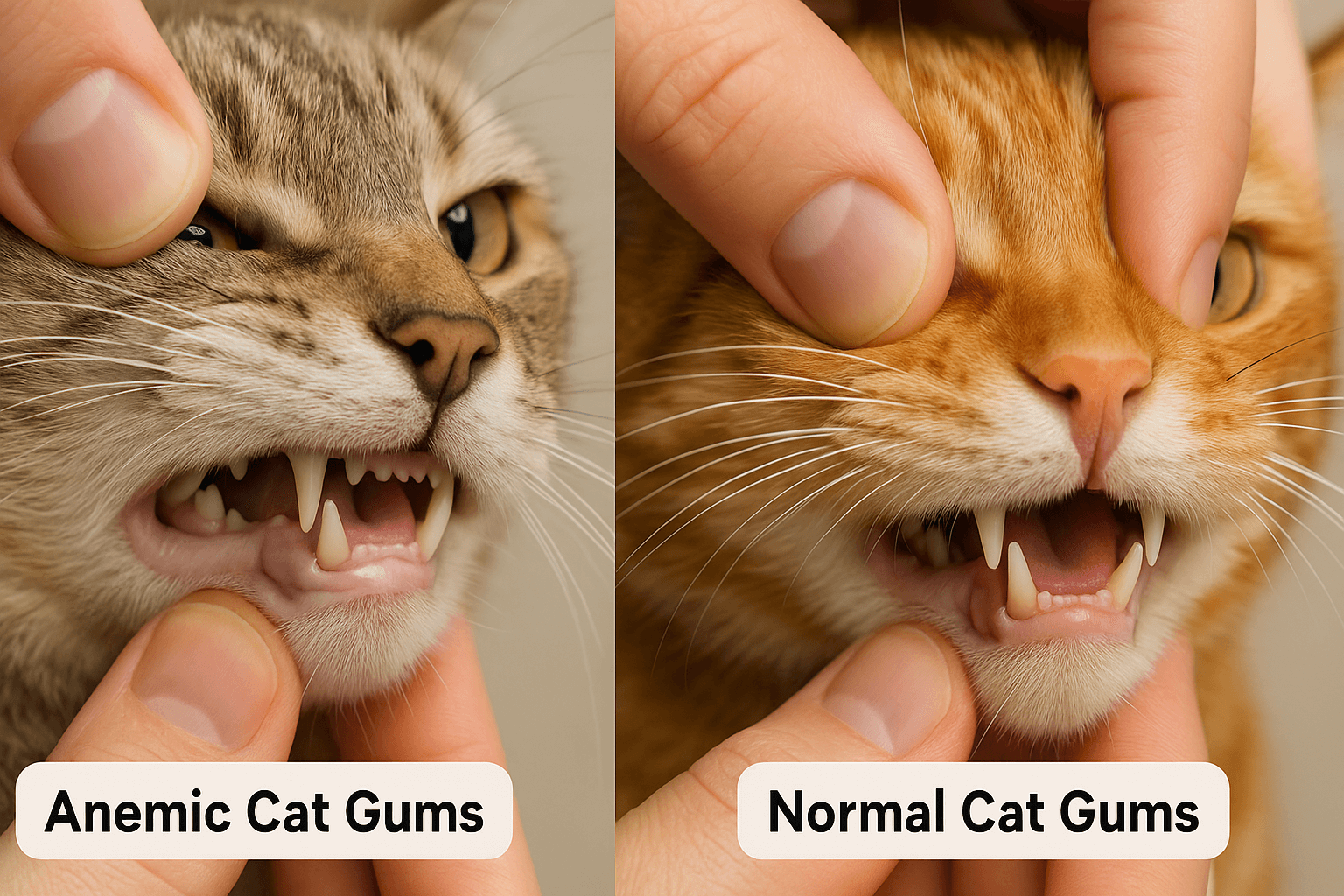Healthy Cat Teeth vs Unhealthy: What Every Cat Owner Should Know
A cat’s dental health is a crucial yet often overlooked aspect of their overall well-being. Healthy teeth and gums not only contribute to your feline friend’s ability to eat and play comfortably but also prevent serious health issues such as infections or organ damage. On the other hand, unhealthy teeth can lead to pain, discomfort, and costly veterinary treatments. Recognizing the differences between healthy and unhealthy cat teeth is essential for early detection and prevention. In this guide, we’ll explore the signs of good oral health, common dental problems in cats, and practical tips to keep those pearly whites shining bright.
Signs of Healthy Cat Teeth
Understanding what healthy cat teeth look like can help you monitor your pet’s oral hygiene effectively. Here are some key indicators that your cat’s teeth are in great condition.
Clean and White Teeth:
Healthy cat teeth should appear clean, white, and free of visible tartar or discoloration.Pink and Firm Gums:
The gums should be a healthy pink color, without redness, swelling, or bleeding.No Bad Breath:
While cats don’t have minty-fresh breath, excessively foul odors can indicate underlying dental issues.Strong and Aligned Teeth:
A healthy set of teeth will be strong, properly aligned, and free of chips or cracks.Comfortable Chewing Habits:
Cats with healthy teeth chew confidently and show no signs of pain or hesitation during meals.
By keeping an eye out for these signs, you can ensure your cat’s teeth remain in excellent condition and address any concerns before they escalate.
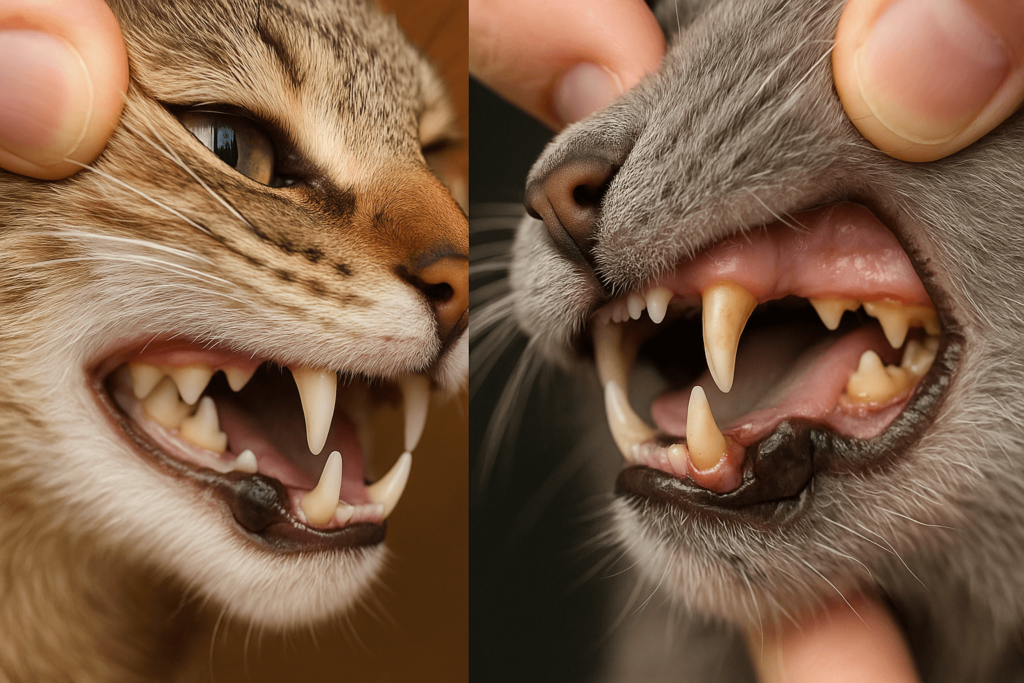
Signs of Unhealthy Cat Teeth
Unhealthy teeth can lead to significant discomfort and health risks for your cat. Recognizing the warning signs early can make a world of difference.
Yellow or Brown Tartar Buildup:
Excessive plaque and tartar accumulation are clear indicators of poor dental hygiene.Red or Swollen Gums:
Gingivitis or gum disease is often characterized by inflamed, irritated, or bleeding gums.Bad Breath (Halitosis):
Persistent bad breath is a common symptom of dental decay, infections, or other oral health problems.Broken or Missing Teeth:
Damaged or missing teeth can cause pain and difficulty eating, requiring immediate attention.Changes in Eating Behavior:
Dropping food, chewing on one side, or avoiding hard kibble may signal dental discomfort.
Addressing these signs promptly can prevent further complications and improve your cat’s quality of life.
Check this guide 👉Understanding Cat Teeth Plaque: Best 7 Expert Tips!
Check this guide 👉How Should Cat Teeth Look? Best 7 Expert Tips!
Check this guide 👉Understanding Cat Teeth Anatomy: Best 7 Health Tips!
Healthy Cat Teeth Characteristics | Unhealthy Cat Teeth Characteristics |
|---|---|
Clean, white teeth | Yellow or brown tartar buildup |
Pink, firm gums | Red, swollen, or bleeding gums |
No bad breath | Persistent bad breath |
Strong, intact teeth | Broken, cracked, or missing teeth |
Comfortable chewing habits | Avoidance of hard food or dropping food |
Daily Practices for Maintaining Healthy Cat Teeth
Preventing dental issues starts with consistent care at home. These simple practices can help keep your cat’s teeth and gums in top shape.
Regular Brushing:
Use a cat-safe toothbrush and toothpaste to gently brush your cat’s teeth 2-3 times a week.Dental Treats and Toys:
Offer dental treats or toys designed to reduce plaque and tartar while entertaining your cat.Balanced Diet:
Feed your cat high-quality food that supports dental health and avoids excessive sugars or fillers.Routine Vet Checkups:
Schedule annual dental exams with your veterinarian to catch potential issues early.Monitor Oral Health:
Regularly inspect your cat’s mouth for signs of trouble, such as swelling, discoloration, or unusual behavior.
Incorporating these habits into your routine ensures long-term dental health for your furry companion.
Common Dental Problems in Cats
Cats are prone to several dental issues that can compromise their oral health if left untreated. Understanding these conditions helps you recognize them early and seek appropriate care.
Periodontal Disease:
This progressive condition affects the gums and supporting structures of the teeth, leading to pain and tooth loss.Tooth Resorption:
A common issue where the tooth structure breaks down, causing sensitivity and eventual tooth loss.Gingivitis:
Inflammation of the gums, often caused by plaque buildup, which can develop into more severe gum disease.Feline Stomatitis:
A painful inflammatory condition affecting the entire mouth, requiring aggressive treatment.Oral Tumors:
Growths or masses in the mouth, which may be benign or malignant, necessitating prompt diagnosis.
Early intervention is key to managing these conditions and ensuring your cat’s comfort and well-being.
Tips for Introducing Toothbrushing
Getting your cat accustomed to toothbrushing can take time, but with patience, it becomes a manageable routine. Here are some tips to ease the transition.
Start Slowly:
Begin by gently touching your cat’s mouth and teeth during calm moments to build trust.Use Positive Reinforcement:
Reward your cat with treats or praise after each successful interaction to create positive associations.Choose the Right Tools:
Invest in a soft-bristled cat toothbrush and flavored toothpaste to make the experience enjoyable.Keep Sessions Short:
Limit brushing sessions to just a few minutes to avoid overwhelming your cat.Be Consistent:
Aim to brush your cat’s teeth regularly to establish a routine and maintain their oral health.
With persistence, your cat will learn to tolerate—and perhaps even enjoy—this important grooming task.
Foods That Promote Dental Health
Certain foods can naturally support your cat’s dental health by reducing plaque and tartar buildup. Incorporating these options into their diet can make a big difference.
Dry Kibble:
Crunchy kibble helps scrape away plaque as your cat chews, promoting cleaner teeth.Raw Diets:
Raw meat diets encourage natural chewing motions that can strengthen teeth and gums.Dental Formulas:
Specialized cat foods designed for dental health often contain ingredients that reduce tartar.Low-Carb Options:
High-carbohydrate diets can contribute to plaque formation, so opt for low-carb alternatives.Fresh Water Access:
Encourage hydration by providing fresh water, which aids in washing away food particles.
Choosing the right foods supports both your cat’s oral health and overall well-being.
Signs Your Cat Needs Immediate Dental Care
Some dental issues require urgent attention to prevent complications. Be vigilant for these signs that indicate your cat needs immediate care.
Excessive Drooling:
Unusual drooling can signal pain or infection in the mouth.Difficulty Eating:
If your cat avoids food or struggles to eat, it may indicate severe dental discomfort.Facial Swelling:
Swelling around the jaw or cheeks could point to an abscess or infection.Pawing at the Mouth:
Frequent pawing or rubbing of the face suggests oral pain or irritation.Weight Loss:
Sudden weight loss may occur if your cat is unable to eat due to dental issues.
Acting quickly ensures your cat receives the treatment they need to recover and thrive.
Frequently Asked Questions About Cat Dental Health
How often should I check my cat’s teeth?
Inspect your cat’s teeth and gums at least once a month for signs of trouble.
Can I use human toothpaste for my cat?
No, human toothpaste contains ingredients toxic to cats. Always use pet-safe products.
What causes bad breath in cats?
Bad breath can result from poor oral hygiene, infections, or underlying health issues.
Are dental treats effective?
Yes, dental treats can help reduce plaque and tartar when used alongside regular brushing.
When should I see a vet about my cat’s teeth?
Consult a vet if you notice red gums, broken teeth, persistent bad breath, or changes in eating habits.
Prioritizing Your Cat’s Dental Health
Your cat’s teeth are more than just tools for eating—they’re vital to their overall health and happiness. By understanding the differences between healthy and unhealthy cat teeth, practicing preventive care, and seeking professional help when needed, you can ensure your feline friend enjoys a lifetime of comfort and vitality. Remember, a little effort today can save you and your cat from significant challenges tomorrow. With love, attention, and proper care, your cat’s smile will stay as bright as their playful spirit.
Giardia in Cats: Best 7 Expert Tips! Discover expert advice on identifying, treating, and preventing giardia in cats to ensure your feline stays happy and healthy.
Cat Hyperventilating: Best 7 Expert Tips! Discover signs, causes, and solutions for cat hyperventilation. Learn how to calm your cat and when to seek veterinary care for their breathing issues.
Anemic Cat Gums vs Normal: Best 7 Expert Tips! Learn to spot signs of anemia in cats, understand gum health, and ensure your feline stays happy and healthy with expert advice.
Himalayan Cat Size: Best 7 Expert Tips! Discover expert advice on Himalayan cat size, growth factors, care tips, and how to ensure your feline stays healthy and happy.

